Understudy to Alain Prost. Subbed in after the death of Ayrton Senna. Undermined by a returning Nigel Mansell. Teamed with and against Damon Hill in a Williams blessed by the Midas touch of Adrian Newey. And that was just the first three years.
At the time, it was all just life for young and promising David Coulthard. Now long retired at 53, established as an eloquent TV pundit and about to do it all again as a racing dad, the man universally known as DC has to admit: his 1990s kinda rocked.
“I recall testing with Prost [in 1993], looking over to his side of the garage and just thinking: how can my life be any better than this?” Coulthard tells me. “I’m test driving for the guy who was my hero watching BBC Two half-hour highlights with Murray Walker and James Hunt.
"An amazing period. Of course it was shit what happened at Imola 1994 [when Senna was killed in a crash], but that’s life. No one gets through it without tragedy. That was how my opportunity came about.”
Coulthard was a bright, rising star at the dawn of the 1990s. Promoted unexpectedly in those terrible circumstances, he had to accept sharing the #2 Williams car for the rest of 1994 with Mansell, who returned from Indycar for guest appearances.
Coulthard took the drive full-time the following year, claimed his first grand prix win in Portugal, but left at season’s end for McLaren, following sticky contractual negotiations.
Shaded by double world champion team-mate Mika Häkkinen, Coulthard nevertheless remained at McLaren for nine seasons before seeing out his career at Red Bull. Instinctively he’s self-deprecating about his abilities, but the truth is that he was a very good grand prix driver.
The timing of his Formula 1 emergence spanned the last manual-gearbox F1 cars, in tests for Benetton and McLaren, before he found himself as an unpaid tester for Williams at the height of the so-called ‘gizmo era’ in 1993.
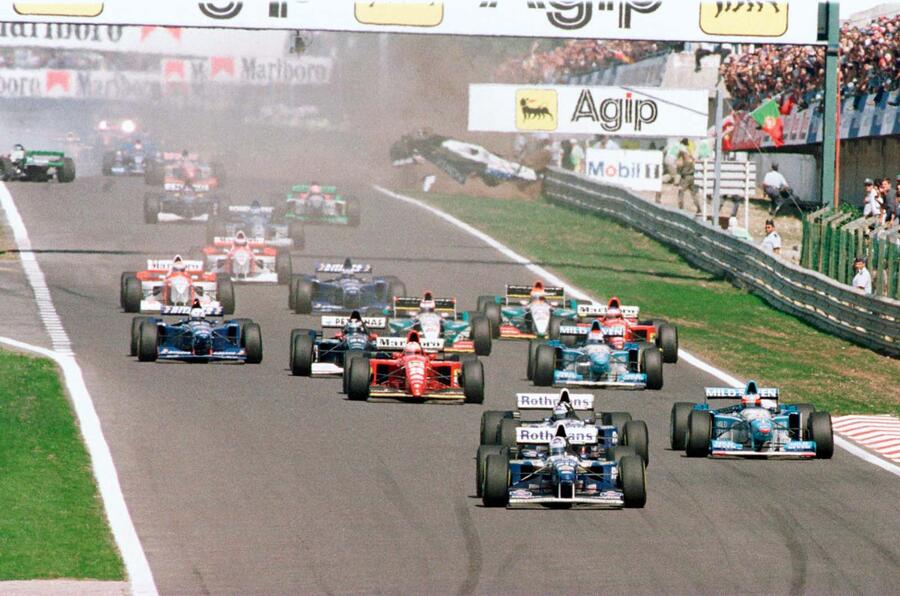
“The ‘active’ Williams had power steering, ABS [anti-lock braking], traction control, fully automatic up-changes, full launch control – then that was all banned for 1994,” he says. “So I got to experience the ‘magic carpet’ cars, the more raw F1 of 1994-1995, then went to McLaren.”
More regulation changes designed to curb performance followed in 1998, via new narrow-track car dimensions and “shite” grooved tyres. Coulthard had to live with the compromised rubber all the way to the end of his F1 career.
“The sport very rarely listens to the drivers,” he says. “Of course they did what they were supposed to do, which was reduce the contact patch, but getting the graining under control and leaving enough groove depth at the end of a race to keep them legal… what a load of faff to slow the cars down. It could have been done in another way.”
The slick modern world of F1 exists in a different dimension to the raw, unvarnished sport that Coulthard grew up in, I suggest. “Yes and no,” replies Coulthard. “I’ve been going to race tracks since I was a kid, and there’s a familiarity whenever I go back to one.”
Recently he returned to humble Pembrey in Wales for the first time since his days testing for Williams, to watch his 16-year-old son Dayton prepare for his first season in the British GB4 Championship. The essence of racing life doesn’t change.
“F1 has always been about technology and the fastest thing available at that time,” he says. “Where we are now is a reflection of modern governmental influence [in terms of emissions legislation], whereas in the 1980s and 1990s, F1 did its thing, the automotive business did its thing, there would be crossover, such as carbonfibre, traction control and fuel efficiencies, but largely F1 was more of a marketing association than the technical collaboration it is today. That’s the big change.”
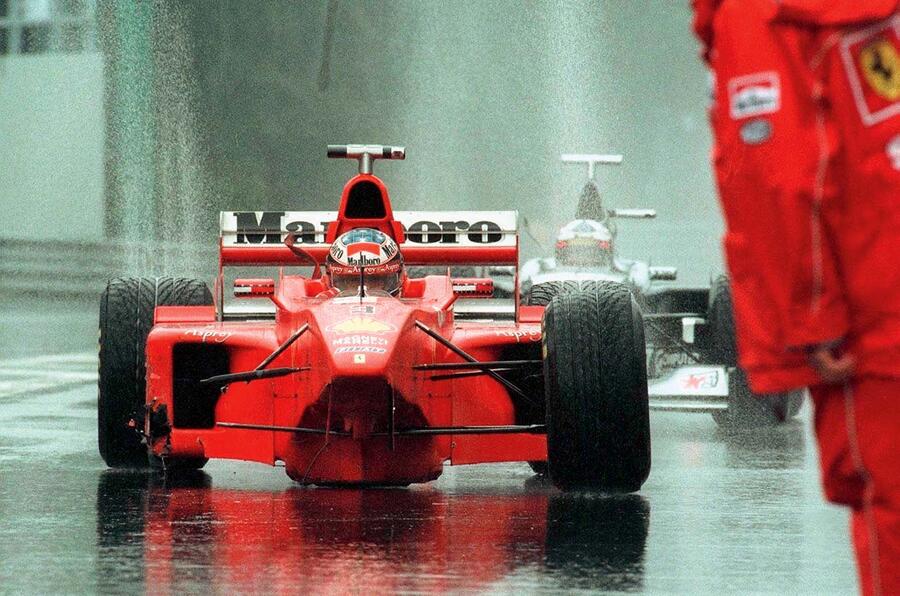
The physicality of driving F1 cars is different, too. Just watch old on-board footage from the 1990s compared with clips on today’s ultra-smooth race tracks. “It’s quite difficult to explain to today’s generation,” says Coulthard.
“Ollie Bearman [the 19-year-old rookie driving for Haas] is probably looking at F1 as somewhat easier than Formula 2, because grand prix cars have power steering and F2 doesn’t. Power steering is like a light going on for racing drivers.
“I asked him about Saudi Arabia last year when he stepped into the Ferrari for his F1 debut and the biggest thing was his neck, because he wasn’t used to that level of g-force over a long period of time. But if you go back to the 1990s, when we had in-race refuelling, our relative race pace was closer to a qualifying time, so the physicality in the races was higher than in modern F1.
“In reaction to the 2023 Qatar GP, when a few drivers were overheating, we now have all these nice [cooling] bodysuits to make sure our highly paid racing drivers aren’t working too hard… It’s just a reflection of modern society, isn’t it?
“I loved the grands prix when I was physically and mentally spent at the end of them, because it made me feel like a GP driver. When I watch those videos of Senna at Suzuka or Monaco, that is an amazing feat of driving skill and physical prowess.
"Today they are amazing drivers, and every generation should be better. Arguably Max Verstappen and Lewis Hamilton are the best there has ever been. But physically they’re in a comfort zone that wasn’t there in the 1980s and 1990s.”
F1 seems less intimidating for new drivers today than it was for Coulthard’s generation. “Just getting out of the garage without stalling used to be a badge of honour because the foot clutches were pretty raw,” he says. “I don’t want to be the guy who says it was more difficult then, but speak to Fernando [Alonso] and Lewis, who have tried those older cars. Don’t take my word for it; take it from them.”
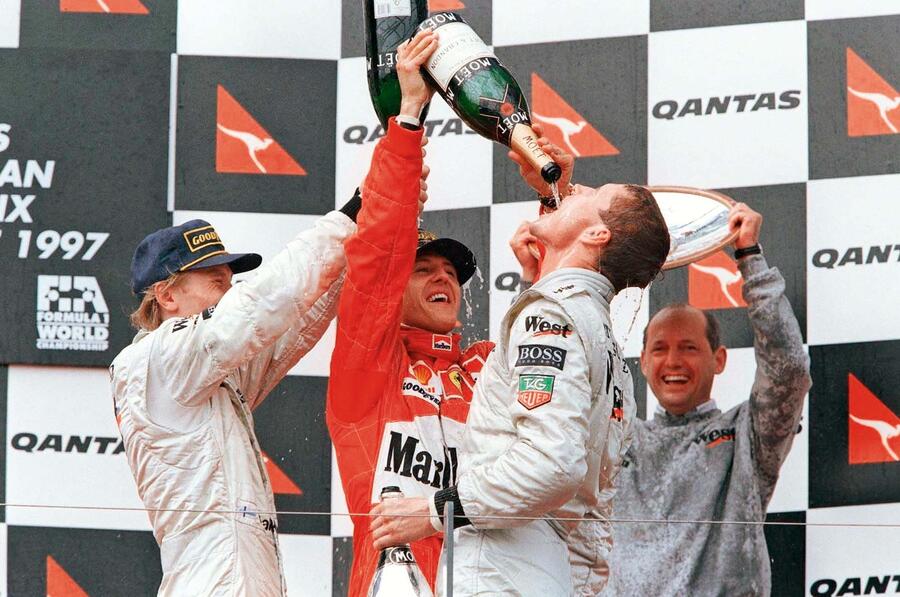
There’s a general perception that the ‘gizmo cars’, with all their driver aids, were easy. Allan McNish, who tested for Benetton at the height of that era, refutes the charge: the aids raised the performance level, he says, but living on the limit still separated the great from the good.
“I remember testing at Imola with full active suspension and ABS, and that night my head was in my soup,” recalls Coulthard. “My neck was f***ed. Every time you braked it was a sledgehammer in the back of the head.
"I had servo on the brakes as well, so you didn’t even have to push the pedal that hard to get 100% of its potential, and I had ABS, which doesn’t mean shorter braking; you’re just not flat-spotting tyres where the limit is.”
He comes back to power steering: “The most difficult cars were those without it. I remember testing [famously arm-strong] Mansell’s Williams at Estoril: at the fast turn two, you had one attempt at putting on steering lock, and whatever you got, that was your profile for the corner.
"Nigel liked a very small steering wheel too. I got to a point and that was as far as I could turn it, so that decided my speed through the corner.”
One happy advance in F1 since the 1990s has been safety. Never mind cockpit halos: Coulthard’s shoulders were fully exposed in the 1994 FW16. Again, a different dimension to the one that his son is entering. Yet fear of death was something Coulthard rationalised early on, in a manner that gets to the heart of what separates racing drivers from the rest of us.
“I crashed a Williams in testing at Silverstone, got knocked out, and it was a revelation,” he says. “I realised if I was ever killed in a racing car, the moment when the lights go out wouldn’t be filled with fear.
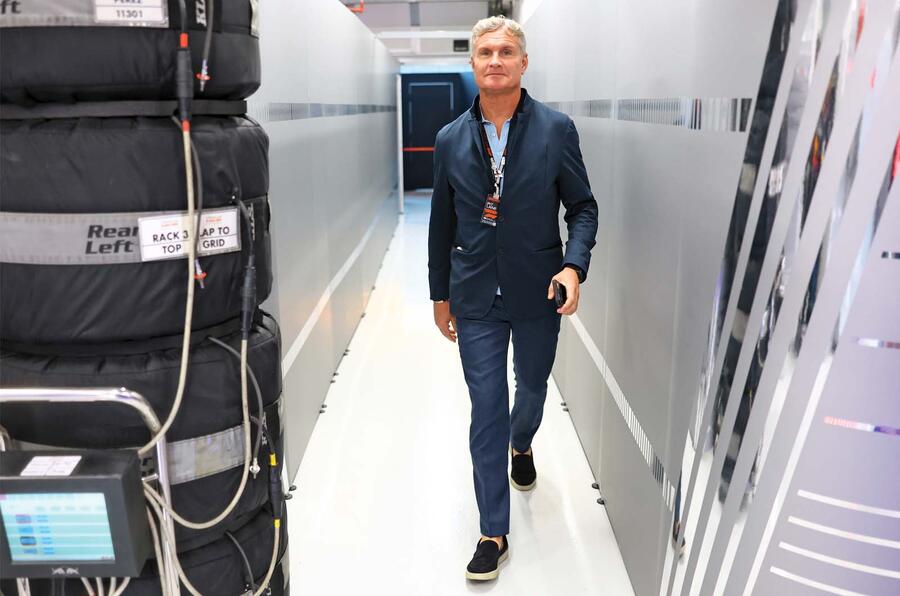
When I was about to crash, my head was full of doing what you do to minimise the damage. The only difference from being knocked out and being killed is you wake up from being knocked out. So I didn’t have to worry about being killed.
“I tried to explain that to my mother, got halfway through and she squealed: ‘Stop, stop, stop!’ Now, having stood at the side of kart tracks with my son wondering why I’m supporting him, of course you don’t want them to be hurt, but what can you do? You have to support them, don’t you? So yes, I’m happy he’s racing in this era.”
“I don’t want to be that guy who says ‘it was better in my day’, but I’m very happy with the era in which I raced,” he continues. “The sport is bigger today; as a result, the values and salaries are higher.
"But I’ve seen Gary Lineker talk about his salary when he was playing [from 1978-1994] versus modern Premier League footballers. You have to live for your time and, being a father, you want the next generation to be better. Evolution has left us a trail to suggest that is the case.”
Coulthard approves of where F1 finds itself now, although he makes it clear what he thinks about fining racing drivers for swearing.
“The crowd’s [booing] reaction to the FIA [at the season launch in London] would suggest this isn’t a golden era of governance, that the public feels there’s meddling in the raw emotion of what these gladiators do out on track.”
“But we will look back on this time as a golden era,” he continues. “There’s a golden generation right now of young, handsome, fast racing drivers in their prime – and we’ve got the outliers of Fernando and Lewis in their forties, to be a reference point for the brilliant young racing drivers who you and I are going to talk about for the next decade and more.”

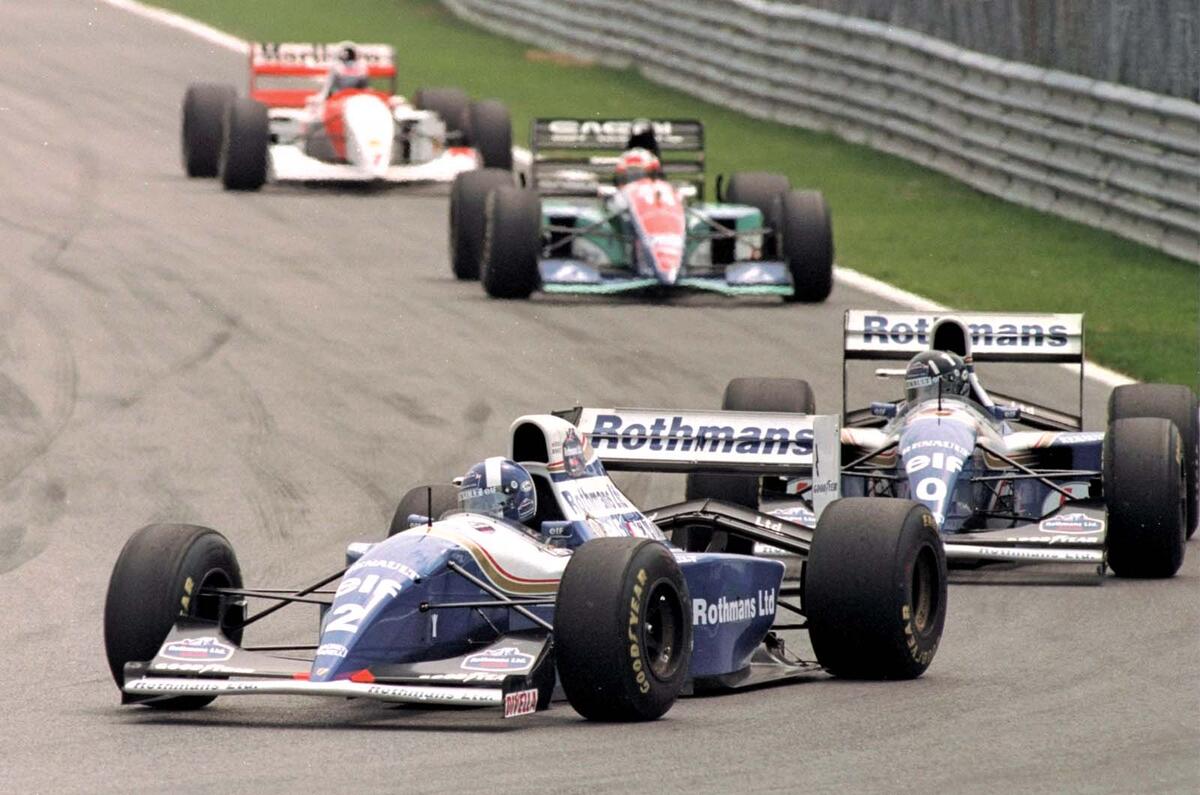
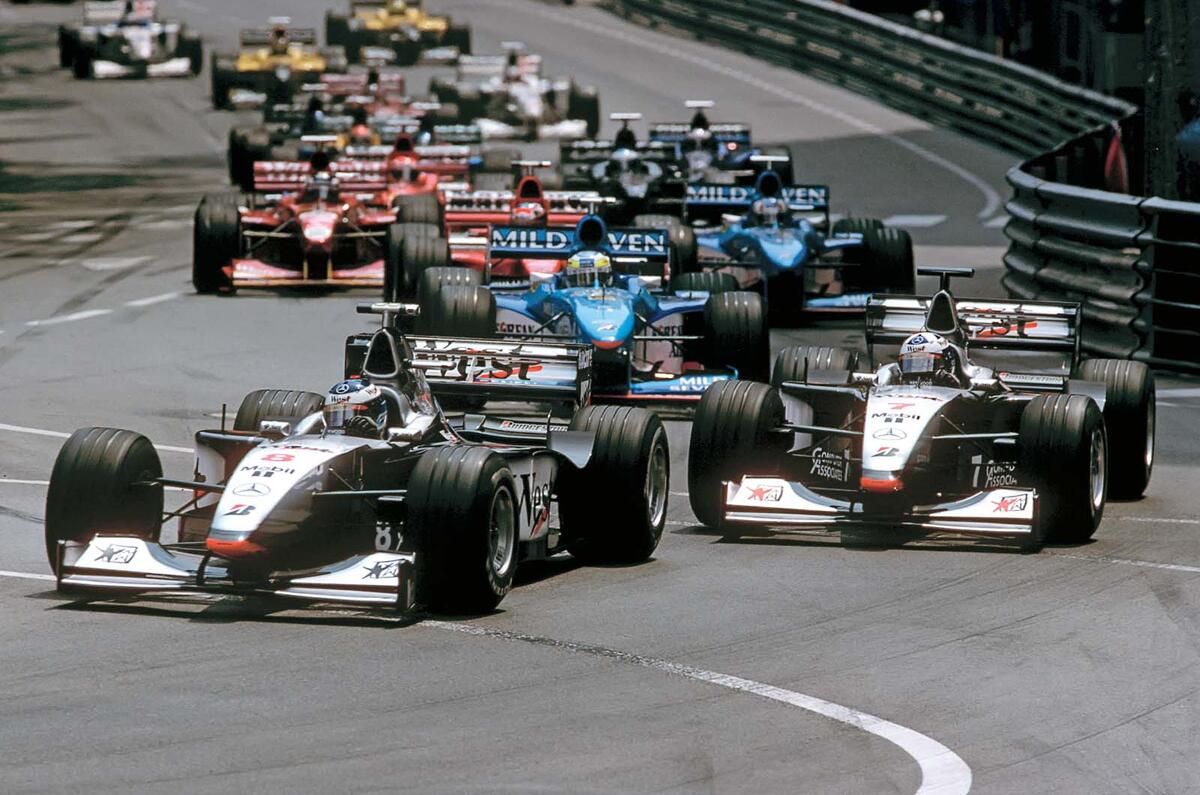
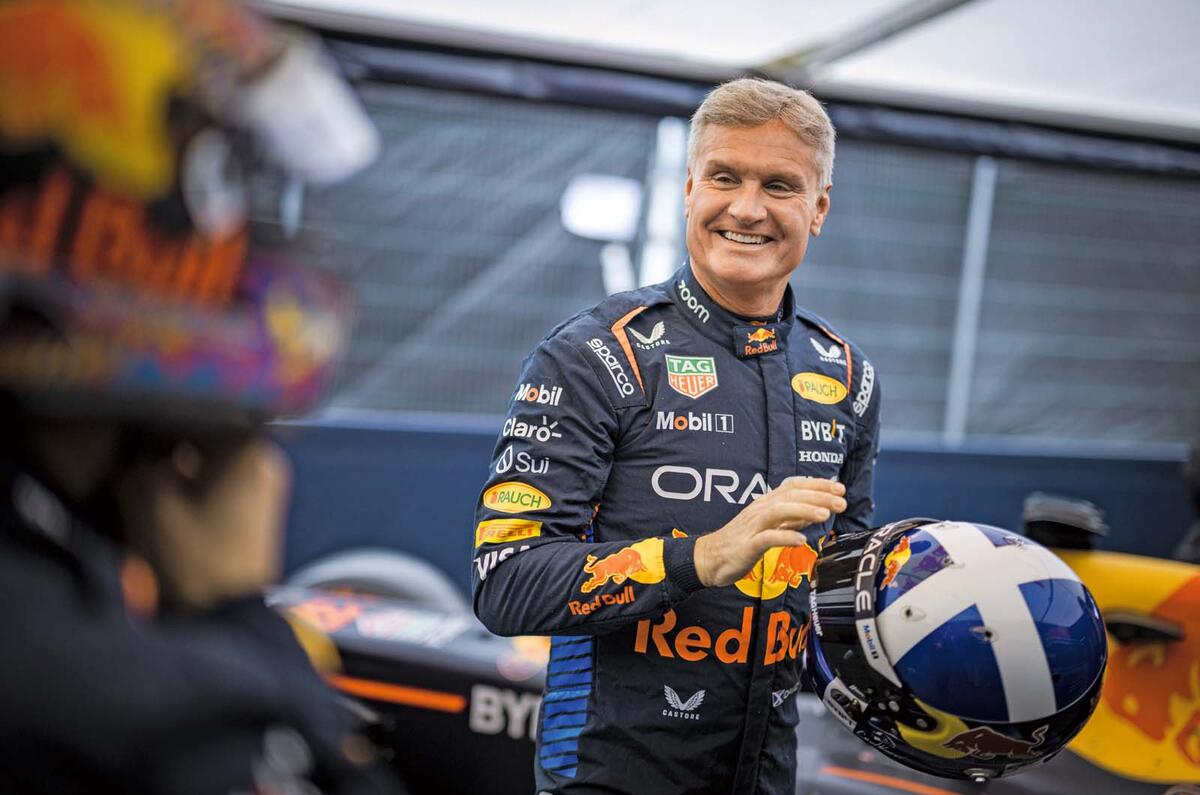
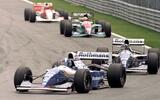
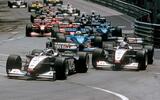



Add your comment